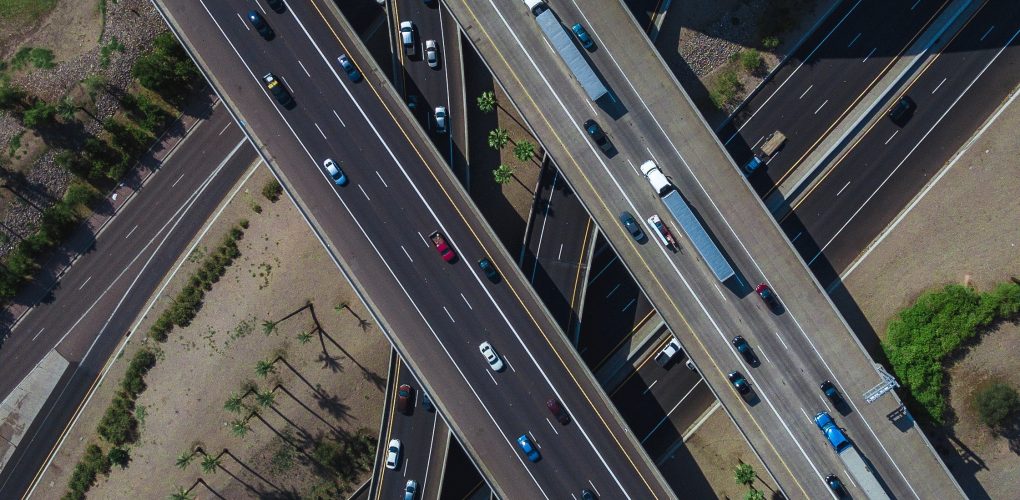Who would have thought that this would be a question that anyone would ever need to think about?
But today, many municipalities are asking exactly that.
The bridge revenue crisis
One of the countless impacts of stay-at-home orders and reduced business activity during the coronavirus pandemic is a devastating decline in bridge tolls and gas tax revenue, along with reduced vehicle registration fees. These are three of the biggest sources of state and local transportation funding, outside of federal matching funds. This is the money that states and local governments use to pay for bridge development, maintenance and rehabilitation projects and other transportation initiatives.
Officials believe that without an infrastructure bill or other federal stimulus funding, bring bridge repair projects and new construction will be halted for a long time.
The American Association of State Highway and Transportation Officials (AASHTO) is projecting a 30% decline in transportation revenue across the United States in 2020. According to the International Bridge, Tunnel, and Turnpike Association (INTTA), a trade group that represents almost 350 toll facilities in 30 states, toll revenue was reduced between 50% and 90% early in the COVID-19 pandemic lockdown. The facilities affiliated with the group generate $20 billion in tolls per year on average. The money is used to maintain approximately 6,300 miles of bridges, highways, and tunnels.
Another complicating factor is that many state governments have stopped collecting tolls in person to protect workers from COVID-19. Many states have also ceased collection efforts for electronic tolling because of the financial hardships that people are experiencing.
What’s worse, not only are states and municipal agencies losing direct funds from tolls, gas taxes, and vehicle registrations, they’re also missing out on federal matching funds that can equal up to four times the original revenue. This compounds the issue exponentially.
For example, Missouri is projecting approximately $1 billion in lower transportation revenue over the next 18 months. Roughly half that amount would have been matched by $2 billion in federal revenue, which will also be lost. That leaves a shortfall of more than $3 billion in transportation infrastructure spending.
The impact on bridge and road projects
The coronavirus health crisis that has limited economic activity has also forced governments to postpone work on bridges, even as their conditions decline because of age and decades of too little development and maintenance spending.
This is despite historically low interest rates, which would typically make borrowing to continue work an attractive proposition. However:
- Some agencies might have trouble getting loans because they can’t estimate what their incomes will be when traffic returns to more normal levels, if that ever happens.
- Many politicians and voters have concerns about taking on debt in such precarious times, even with low interest rates.
- Taxpayers worried about job losses aren’t open to higher taxes to pay off transportation loan debt.
Finally, most states, local governments, and agencies don’t believe that the federal government will step in to help them out, despite promises of an infrastructure stimulus spending program.
An example of this reticence: In Bend, Oregon, the City Council recently postponed a vote on a $190-million transit-related bond issue because of economic uncertainty in a community that depends on tourism to generate revenue. They have no idea when travel will return to more normal levels.
Prominent examples of delayed transportation initiatives include:
- An interstate project in downtown Columbus was put off for at least a year because of reduced fuel tax revenue.
- Missouri delayed several projects estimated at more than $40 million that were scheduled to start in May.
- North Carolina put off more than 100 transportation-related projects valued at $2.2 billion because of funding concerns.
Under current conditions, officials don’t expect stalled projects to be restarted for months or more likely, years. The top priority for those managing limited resources is maintaining day-to-day and emergency operations.
The good news — and the bad.
Increased infrastructure funding typically gets bipartisan support in Congress, especially during challenging economic times. It’s a proven way to help jumpstart slowed economies and create jobs during periods of high unemployment, like we’re experiencing now. Many partially credit infrastructure spending with helping to pull the United States out of the Great Depression.
Unfortunately, any current infrastructure emergency funding bill will overlap with a routine five-year highway bill extension that lawmakers must negotiate and pass before September 30. It could provide hundreds of billions of dollars to state and local governments for as long as six years. However, it won’t be enough for them to get through the fiscal challenges they face in the months and years ahead.
Currently, the President and congressional Democrats support an infrastructure-spending stimulus bill. They recognize the urgency to both the economy and keeping people safe as they drive over the nation’s aging bridges and decaying roads. Many congressional Republicans are holding back because they want to get a better understanding of the impact that the previous stimulus packages will have on the economy. Some conservatives are uncomfortable using federal dollars to prop up state and local governments.
What’s next
Stay tuned: Despite certain members of Congress being unsure about — or against — bridge, road, and other infrastructure spending, the issue is too popular with the public, the President. and most people in Congress. We’ll provide updates as things change and more news comes available.

